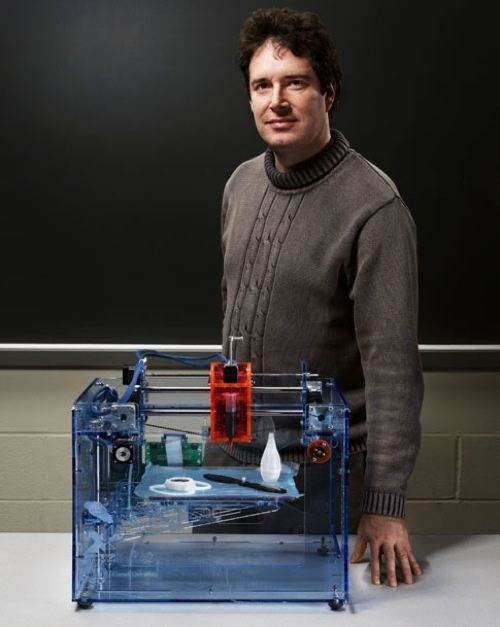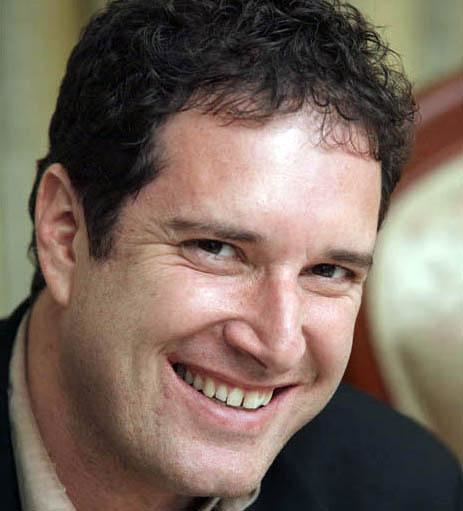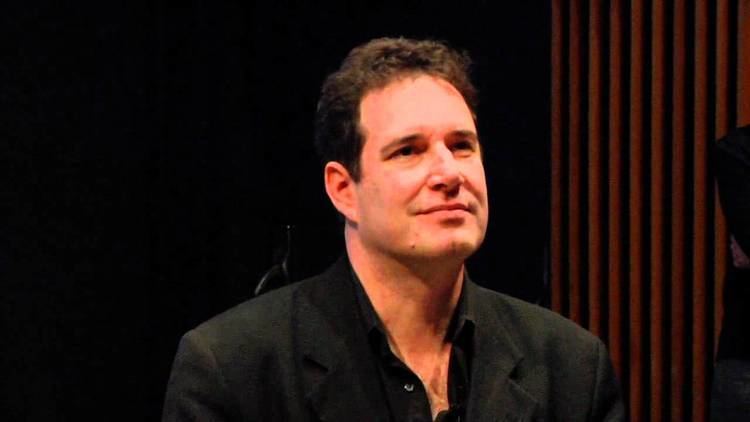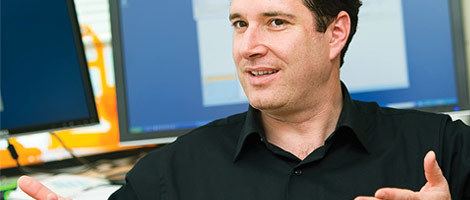Nationality American Name Hod Lipson | Role University Professor | |
 | ||
Alma mater Technion (B.Sc. 1989, Ph.D. 1998) Education Technion – Israel Institute of Technology Fields Robotics, Mechanical Engineering | ||
Residence United States of America | ||
Ri seminar hod lipson distilling natural laws from experimental data
Hod Lipson (born 1967 in Haifa, Israel) is an American robotics engineer. He is the director of Columbia University's Creative Machines Lab. Lipson's work focuses on evolutionary robotics, design automation, rapid prototyping, artificial life, and creating machines that can demonstrate some aspects of human creativity. His publications have been cited close to 10,000 times, and he has an h-index of 50, as of November 8, 2015.
Contents
- Ri seminar hod lipson distilling natural laws from experimental data
- 3dpi tv interview with hod lipson from cornell university
- Biography
- Research
- References

3dpi tv interview with hod lipson from cornell university
Biography

Lipson received B.Sc. (1989) and Ph.D. (1998) degrees in Mechanical Engineering from Technion Israel Institute of Technology. Before joining the faculty of Cornell in 2001, he was an Assistant Professor in the Computer Science Department at Brandeis University's, and a postdoctoral researcher at MIT's Mechanical Engineering Department.
Research

Lipson has been involved with machine learning and presented his "self-aware" robot at the 2007 TED conference.

Beginning in 2009, he and his Cornell University graduate student Michael Schmidt developed a software named Eureqa capable of deriving equations, mathematical relationships and laws of nature from sets of data: for instance, deriving Newton's second law of motion from a data set of positions and velocities of a double pendulum. In 2011, it was reported that Eureqa had succeeded at a much more complex task: re-deriving seven equations describing how levels of various chemical compounds fluctuate in oxygen-deprived yeast cells.
Lipson has been involved with teams that have created a number of machines including:
